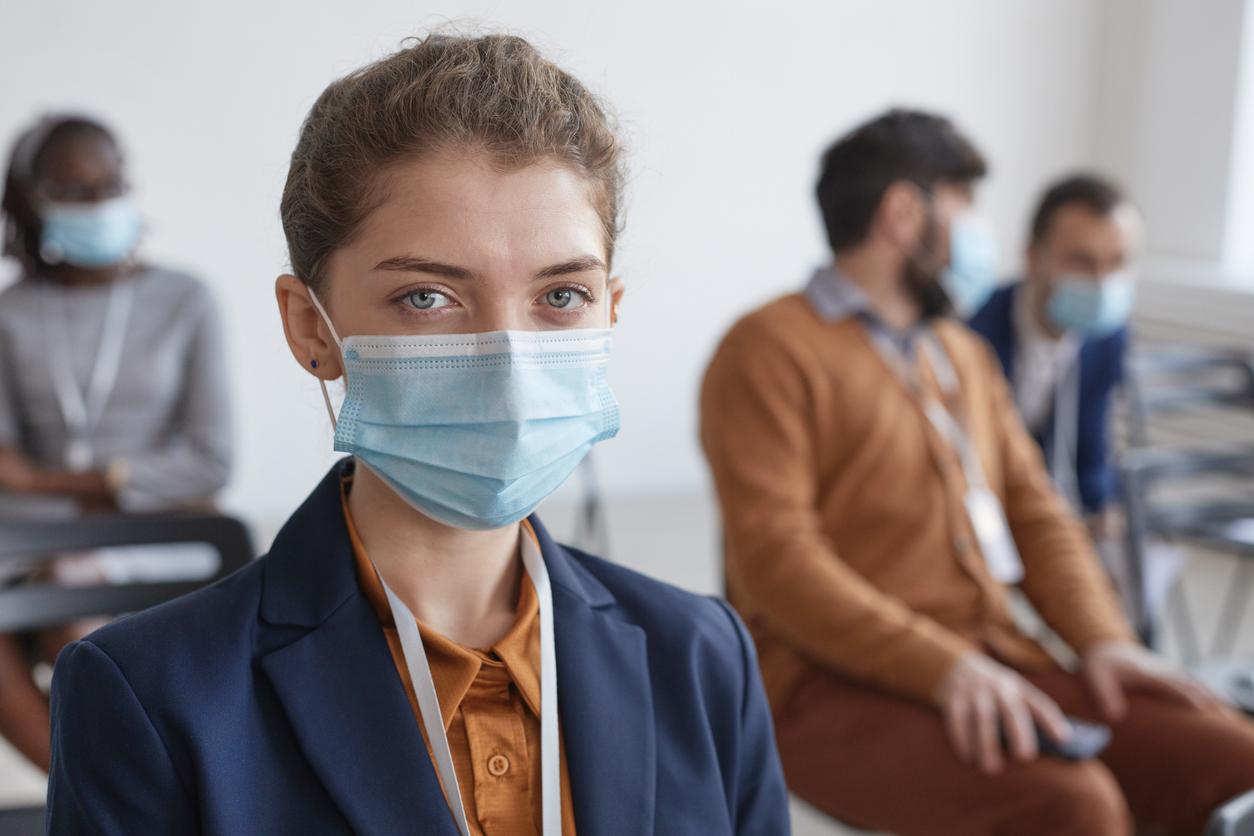RELATED: The Riskiest Things You’re Doing After You’re Vaccinated, CDC Says. Since President Joe Biden ordered state governments to open vaccine eligibility to all adults on April 19, the percentage of the population above the age of 18 who has received at least one dose has risen to 58.7 percent, according to CDC data May 13. Now, experts say that the time is approaching where anyone who is seeking out the shots will have had the opportunity to get both doses and wait the two weeks required to be fully vaccinated, meaning that health officials can revisit mask guidelines. “Once everyone has had the chance to get it, then we start to move into this personal risk decision making,” Joe Allen, DSc, a professor at the Harvard T.H. Chan School of Public Health, told ABC News. “And my feeling is that it’s reasonable by July 4 or so that we’ll be in a place to pull back on some of these mandates, assuming cases keep dropping as we expect them to.” Some experts argue that the existing COVID-19 vaccines’ high levels of efficacy—and the high likelihood that those who are vaccinated don’t spread the virus—means that the agency could revisit the guidance on wearing masks indoors. “We should not undersell the vaccines. They offer excellent protection,” said Linsey Marr, PhD, an expert in virus transmission at Virginia Tech, told ABC News. “I think we can really start thinking about ending mask mandates once everyone who wants to be vaccinated has had a chance to be fully vaccinated. And that should be in another month or two.” RELATED: The CDC Says These Are the “Least Safe” Places You’re Going Right Now. Other experts have argued that the time to revisit the guidelines might already have arrived. During an interview with CNBC’s Shepard Smith on May 6, former U.S. Food and Drug Administration commissioner, Scott Gottlieb, MD, argued that health officials should be willing to remove restrictions “as aggressively as we put them in,” warning that some health precautions such as social distancing might need to be put back in place if the virus begins to surge again. “We need to preserve the credibility of public health officials to perhaps reimplement some of these provisions as we get into next winter, if we do start seeing outbreaks again,” Gottlieb told Smith. “The only way to earn public credibility is to demonstrate that you’re willing to relax these provisions when a situation improves.“ae0fcc31ae342fd3a1346ebb1f342fcb And for more useful information delivered straight to your inbox, sign up for our daily newsletter. Officials are signaling that change may be on the horizon. During a virtual meeting with state governors on May 11, Biden said that a change in guidance on indoor mask mandates would be coming “at some point soon.” “We’ve gone a little slower to make sure we’re exactly right in terms of the percent of the population that has been vaccinated,” Biden said, adding that his administration would be “moving on that in the next little bit.” But while testifying before Congress on May 11, CDC Director Rochelle Walensky, MD, explained why the agency was taking its time to revisit indoor mask guidelines. “I think it’s important to realize that we, at CDC, are responsible for putting out guidance for individuals as well as for populations, for public health. We are responsible for putting out guidance for counties that have less than five cases per 100,000 and for counties that have greater than 100 cases per 100,000, as well as for counties that have less than 10 percent of people vaccinated and counties that have more than 50 percent of people vaccinated. Our guidance has to be science-based for all of these situations,” she said. RELATED: Dr. Fauci Just Said to Avoid This One Place, Even If You’re Vaccinated.



